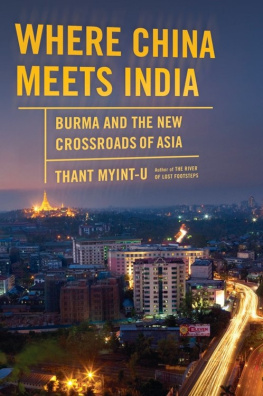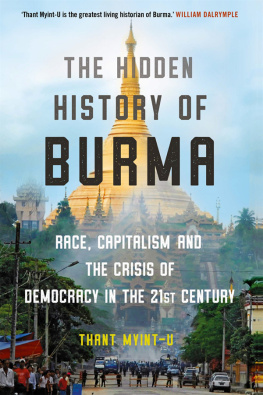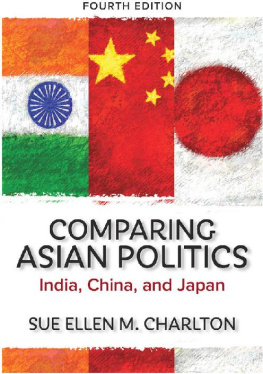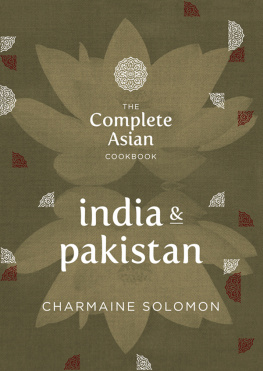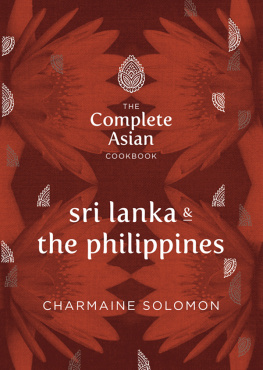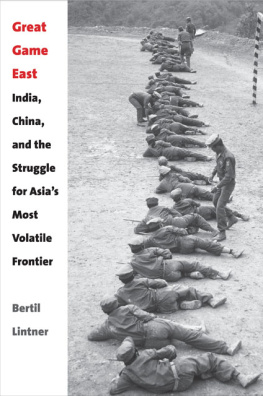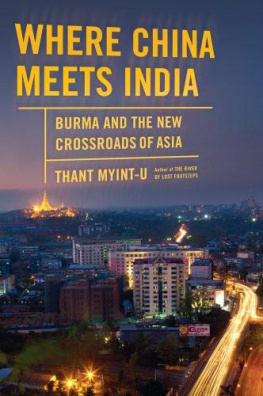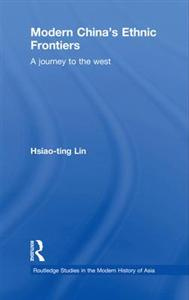Epilogue
From Rangoon the road, a good two-lane metalled road, first curves around the Gulf of Martaban, past little towns and villages and seemingly endless fields of rice paddy, then crosses the mile-wide Salween River, before heading straight south, down the Tenasserim coastline. Burma is shaped like a kite and Tenasserim is its long and narrow tail, 670 miles long. On one side are the warm waters of the Andaman Sea and the Bay of Bengal. Madras is on the far shore. And on the other side of Tenasserim are the limestone mountains that separate Burma from Thailand, some with peaks over 5,000 feet high. There has been considerable commercial logging in recent years, but many of the mountains and the little valleys in between are still densely forested, with teak and bamboo, and remain home to herds of wild elephants, Malayan tapirs and perhaps even a few dozen Indochinese tigers, on the brink of extinction. During the monsoon, torrential rains soak the region. Most of the rest of the year its sunny, hot and humid.
With a population of about half a million, Moulmein is the largest town along the coast, and a five-hour drive from Rangoon. Its setting is spectacular, with the land rising dramatically behind and big and small islands spread across the massive and gently rounded bay in front. In the early nineteenth century, it was briefly the capital of British Burma, a port of some significance, and a starting point for the American Baptist missionaries who set out to convert the Karen tribal peoples in the hills nearby. There are still many churches Anglican, Roman Catholic, Methodist and Baptist as well as a European cemetery that looks like a haunted graveyard from a Hollywood film, darkened from the shade of the overhanging trees, with broken tombstones and the statues of angels, their wings now covered in dirt and mould, peering out from the overgrown vegetation. One tombstone, its engravings barely readable, records the death of one Mary Eleanor Malcolm, who died in 1886, aged 48, as well as her daughter Lucy Harriette, aged 18, who died ten days later. Many others also record young deaths, likely from disease.
Rudyard Kipling stopped briefly in Moulmein in 1889 and it was Moulmein that inspired his poem The Road to Mandalay. The town was also where George Orwell served as an imperial policeman, in the 1920s, and is the location for his essay Shooting an Elephant, which begins: In Moulmein, in Lower Burma, I was hated by large numbers of people the only time in my life that I have been important enough for this to happen to me. And it was to Moulmein that the Japanese army during World War Two built their notorious railway line, across the Bridge over the River Kwai, from Bangkok over the mountains, an effort that left 90,000 Burmese and Thai workers and over 16,000 Allied POWs dead.
Today its a sleepy town, its wide streets, laid out in a grid pattern, lined with fruit trees and tall and slender palms. Several of the colonial-period buildings, with their gabled roofs and whitewashed and ornamented stucco faades, have been remade into government offices; one is a museum, with a few ancient and medieval artefacts and many more gorgeous eighteenth- and nineteenth-century statues of the Buddha. There is a new hotel, the Attran, and about a hundred yards away a tiny internet caf, with half a dozen kids playing computer games. Along the water front, a recent fire destroyed many of the old shops but other wise the town seems little changed from what I imagine it was like during Orwells time. Golden-spired pagodas dominate the higher ground, and there is as well an exquisite nineteenth-century Buddhist monastery, built by an exiled Burmese princess in the Mandalay style, its teak walls slightly bent with age, its priceless murals fading away. The faces on Moulmeins streets are Indian as well as Burmese, a product of colonial times when many Indian immigrants made the town their home. At the covered market, fish mongers, all women, sell the days catch from big wicker baskets.
Sleepier still is the town of Tavoy, 180 miles to the south. Its a little town, utterly dark at night from the lack of electricity, and shut off on three sides by high mountains. There are several British-era bungalows, all made of teak, including a fairly grand one, with orchids blooming in the garden, that was once the home of the British district commissioner. Nearby are small farms of cashews and mangoes. And then there is the sea, just a couple of miles to the west of the town centre, with picture-perfect beaches of white sand, the water as still and warm as a bath. Tiny wooden fishing boats float in the distance. About 450 miles to the south is the Thai island of Phuket, crammed with five million visitors a year, from international movie stars and European royalty to gap-year students and backpackers on $5 a day. But here, and in the dozens of islands offshore, the beaches, at least as beautiful, are virtually empty and pristine.
Perhaps not for long. In October 2010, the governments of Burma and Thailand revealed plans for the development of a massive industrial complex along the Tenasserim coast. Some $8.6 billion will be invested in the basic infrastructure. Another $58 billion in investments is meant to follow. The complex will include a deep-sea port, steel, fertilizer and petrochemical plants, and an oil refinery. A new highway will cut through the mountains to Bangkok. There would be tourist resorts as well, on a giant scale. Tavoy would be ground zero.
There are justifiable worries that all this will devastate the environment. And indeed, the Thai government has said that its prime motivation in supporting the project is to move environmentally damaging industries from Thailand to Burma. There are worries too about the fate of local people, especially the small farmers who stand to lose their land, for little or no compensation.
Its backers, though, say that the new Tavoy complex will create millions of new jobs. Burmese officials and businessmen hope that it will emulate Shenzhen, Chinas first Special Economic Zone that in the 1980s pioneered its epic industrialization. The plan is tied to Chinese schemes further east. Over the coming few years, Chinese companies hope to build new railway lines from Yunnan directly south to Laos, Thailand and Cambodia. A highway will then join these railway lines to Tavoy and the Indian Ocean. Container ships, piled high with goods from Chinas Pearl Delta, will be able to sail directly to Europe, making unnecessary the long route around the Straits of Malacca. Oil tankers from the Middle East will be able to dock here as well, the refined oil then transported over the mountains to Thailand and elsewhere. There is a link to India too: the highway will continue on from Tavoy to Moulmein, and then across central Burma to Manipur and Assam.

